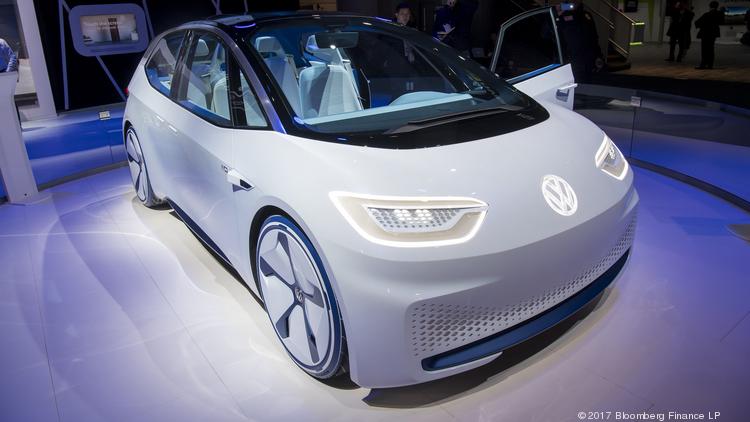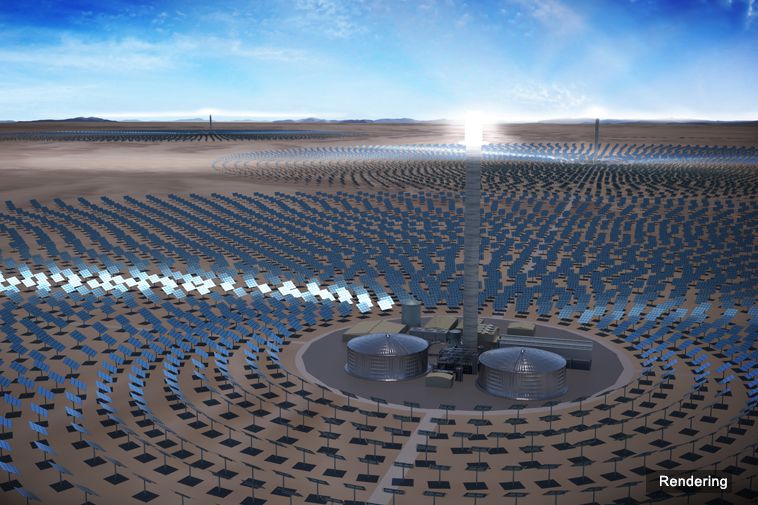San
Jose and San Francisco stand to gain hundreds of high-speed electric
vehicle charging stations as part of Volkswagen’s $2 billion settlement
related to false emissions test results.
The German automaker earlier this week released its plan to disburse the funds, which were part of a court settlement with the California Air Resources Board and Environmental Protection Agency.
The company was penalized last June after it sold half a million
2.0-liter diesel vehicles rigged with software to cheat on U.S.
emissions tests. The company is required to spend $800 million of the
total settlement in California alone, according to Elektrek.
VW
formed a subsidiary, Electrify America LLC, to handle the investment,
construction and maintenance of electric vehicle charging stations in
both San Francisco and San Jose. Each metro will receive 350 or more
fast-charging stations at locations that include multi‐family homes,
workplaces, commercial/retail establishments and at municipal
lots/garages.
The
company plans to install both 150 kW and 320 kW DC fast chargers with
at least five chargers per station. The chargers will not be proprietary
to VW.
Los
Angeles, San Diego and Sacramento are among about a dozen additional
metros slated to receive charging stations from the company. Additional
metro areas will be targeted in future investment cycles, Volkswagen
said.
“Charging
stations will be located first in the areas with the highest
anticipated ZEV demand; this is based on the forecast penetration rates
of ZEVs in each region and the estimated gap between the supply and
demand of charging infrastructure in those regions,” the company wrote
it its plan. “In aggregate, the Electrify America first cycle investment
will aim to establish a network of approximately 2000‐3000
non‐proprietary chargers across 400+ individual stations.”
Outside
of major metro areas, VW plans to build a "high-speed, cross-country"
network of more than 200 fast-charging stations for electric cars, according to Bloomberg. VW also agreed to promote the adoption of zero-emission vehicles with a “brand-neutral” ad campaign.
Volkswagen
Group of America Chief Operating Officer Mark McNabb will give up his
current role to serve as CEO of Electrify America, per the company. The
subsidiary will be based in Reston, Virginia.
The
settlement won’t be completely punitive for VW as it sets up
infrastructure for the future of electric vehicles. The company already
has one electric car on the market in the U.S., the e-Golf, and hopes to
sell 3 million electric vehicles worldwide by 2025, per Bloomberg. The
company also expects to introduce of 20 new electric models by 2020.
VW's plan comes as Tesla seeks to raise $1 billion in capital
to scale production of its Model 3 , a less expensive car than its
previous models that's already seen high consumer demand via pre-orders.
One analyst has predicted that for Tesla's electric vehicles to be
competitive with gas-powered cars, it would need to spend between $2 billion and $8 billion to build out a network of about 30,000 charging stations across the U.S.






